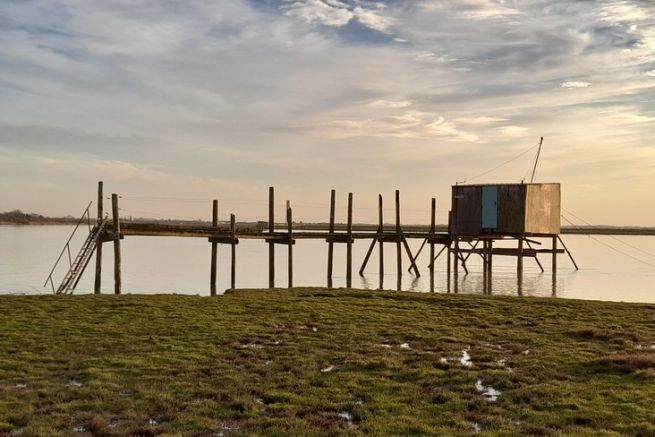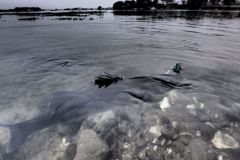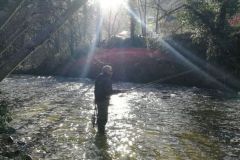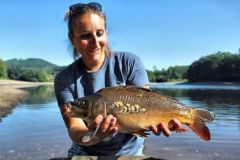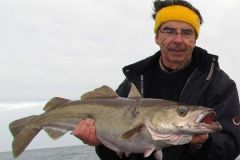What's a plaice?
Plaice fishing is a method of fishing using a plank launched from a stilt fishery. In France, carrelet fishing is practiced in the estuaries of the Loire, Charente and Gironde rivers.
Before the 1999 storm, there were around 700 on the Charente coast.
Following the storm, only 450 were rebuilt. In Charente-Maritime, fishermen use the term "pontoon", meaning "pontoon for plaice fishing". The carrelet is a square net of a few square meters stretched over a flat frame and lowered horizontally by means of a winch from a pontoon that juts out into the sea and on which a cabin is usually built.
This net is made of strong nylon. Recommended sizes for this type of net are generally 4 m. It can be fitted with a 1m50 x 1m50 small-mesh base. The average lifespan of a net is 4 to 5 years.
After a few minutes of waiting, the net is winched up fairly quickly, trapping any fish that may have been between the net and the surface. The winch still requires some effort to raise the frame and net, which will put a strain on your muscles.
A little history
Although the first descriptions of them appear in 1760 in the "Traité général de pêche" by Duhamel Du Monceau, a naval inspector, it wasn't until the early 20th century that carrelets appeared. As we know them today, the carrelets are mounted on a platform connected to land by a gangway. After an initial phase of development after 1936, with the introduction of paid vacations, there was stagnation during the Second World War, followed by significant growth from the 1950s to the present day.
Regulations managed by Affaires Maritimes
A regulated fishing system has been set up by the Direction départementale des affaires maritimes.
Classified as a special fishery, the plaice, outside the mesh, is not subject to any conditions of shape, size, weight, distance or time. You will be able to fish if your annual fee is paid.
With the exception of game fish, you can fish for all species, subject to legal catch sizes and opening and closing dates.
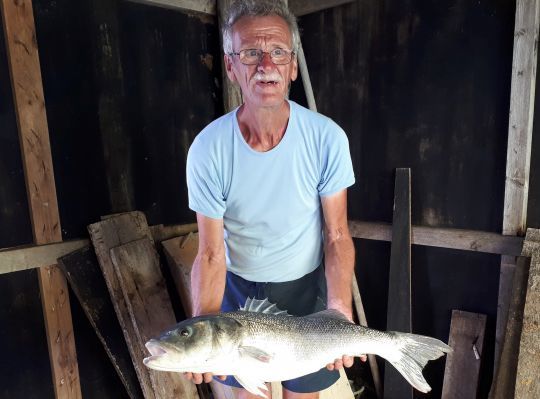
Species caught
During the trips, the following species are commonly caught, depending on the season: smelts, anchovies, mullets, prawns, etc. And for the lucky ones, bars, plaice and many others. Sea trout and salmon are occasionally caught for our enjoyment and then released. Frequently, the fish jump over the net to escape, which is quite a sight, but then they fall back into the net, or else goodbye!
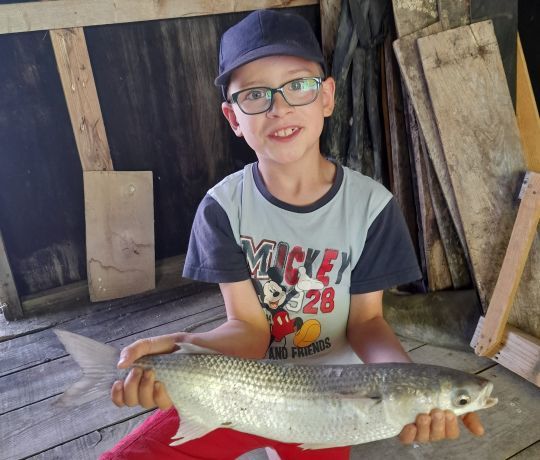
A secondary observatory for the surrounding fauna
While you're fishing, you'll be able to observe the many species of birds present, including swans, ducks, shelducks, egrets, gulls, spoonbills, cormorants, storks and many more. On one occasion, a sea turtle was captured and reported directly to the relevant authorities, and gray seals were sighted. The porpoises that used to swim up the Charente estuary are now a thing of the past. A traditional fishery that has been lost over time.
